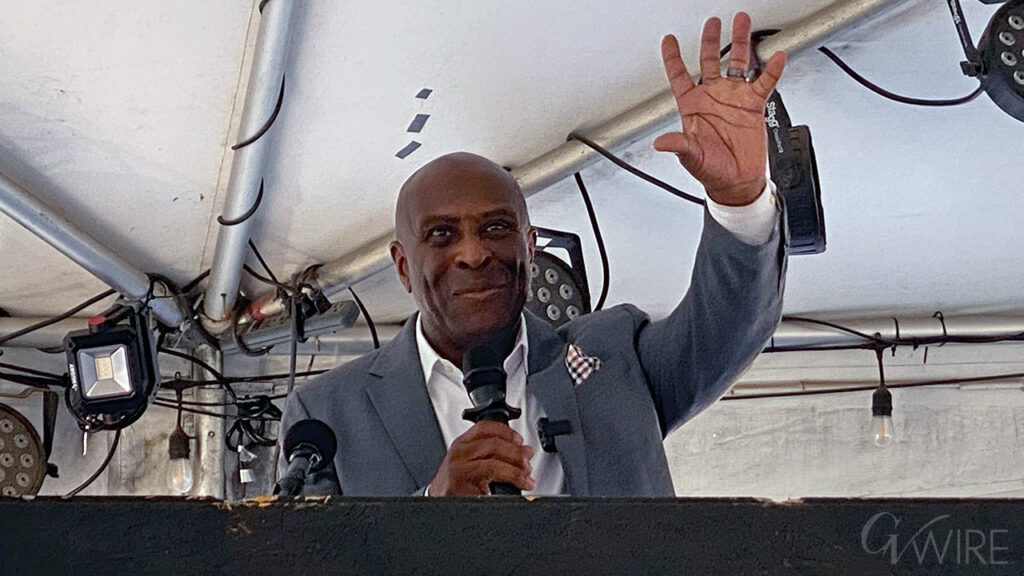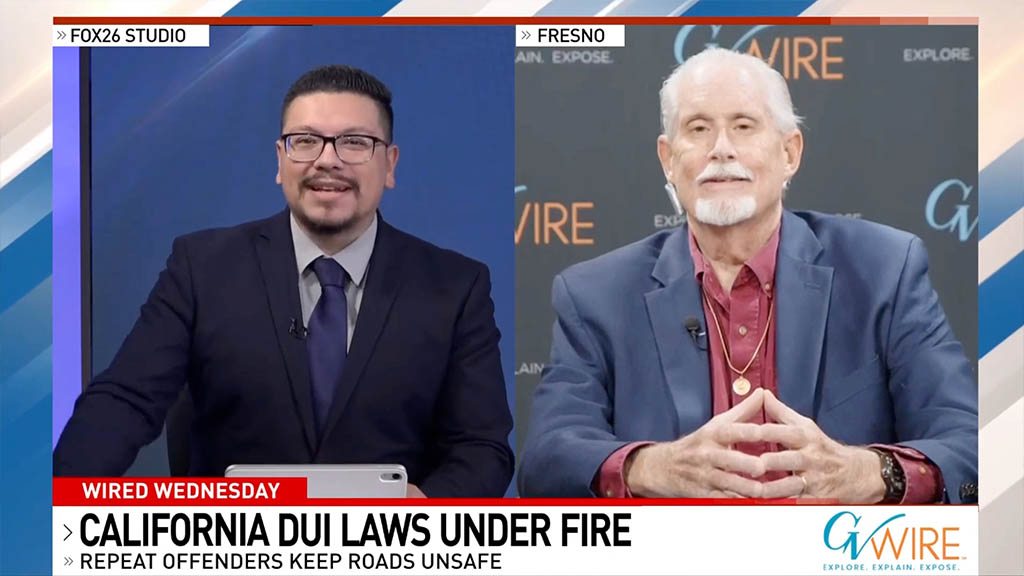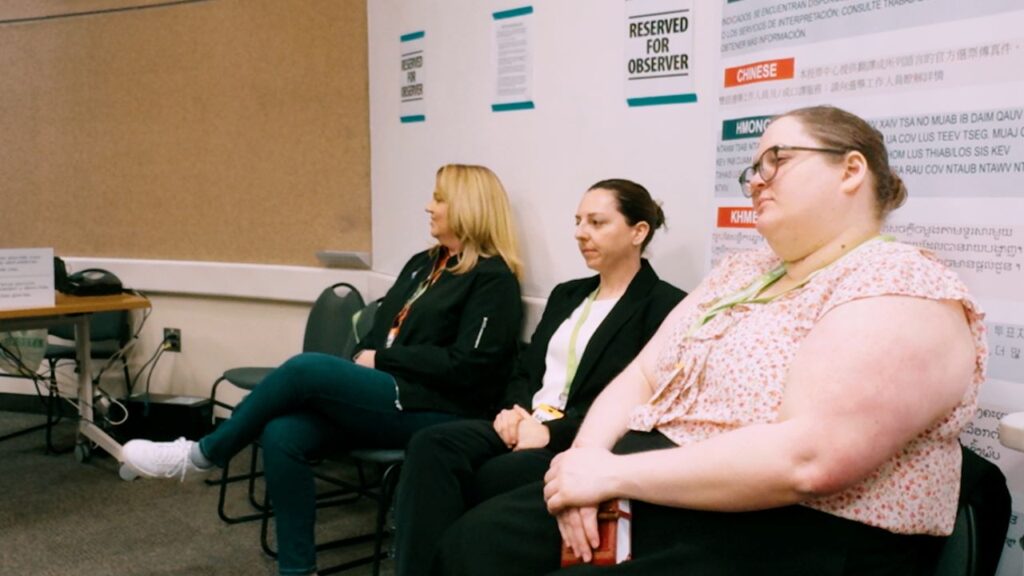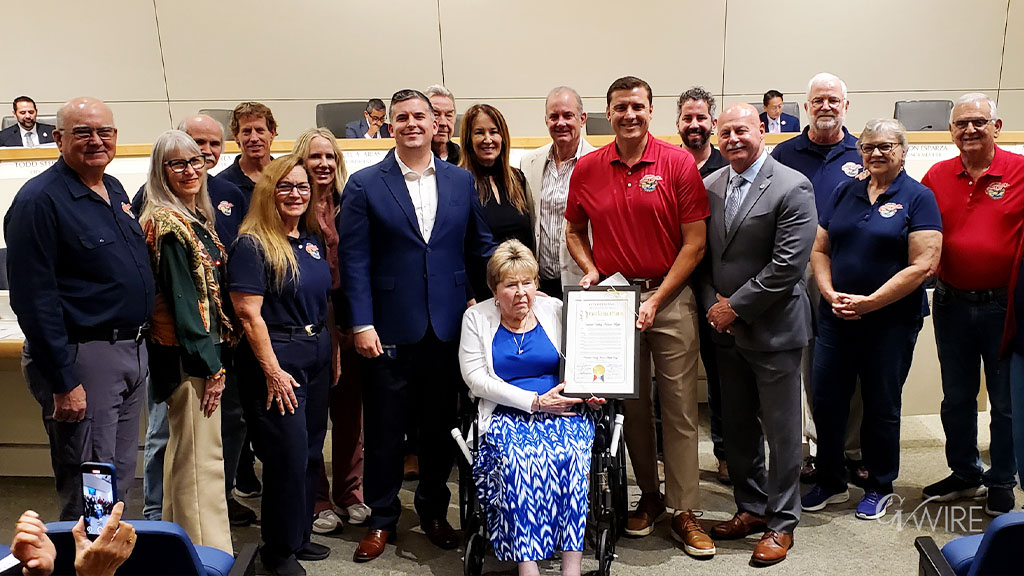Three area bond measures were overwhelmingly approved and two others are close to the required 55% margin needed to pass. (GV Wire/Paul Marshall)

- Three of six local bond measures won voter approval of 60% or higher.
- Two others were short of the 55% voter approval margin required for passage, including Clovis Unified's Measure A..
- State Center's Measure Q fell well short of the 55% approval margin required to pass.
Share
|
Getting your Trinity Audio player ready...
|
Three local school districts, including the state’s third largest and one of its tiniest, will have millions of dollars to spend on facilities after voters appear to have approved bond measures in Tuesday’s election.
Meanwhile, Clovis Unified officials and supporters of the $400 million Measure A are hoping to gain a few more yes votes to pass the bond measure, which as of Tuesday night was 25 votes short of passing.
Results from the election are preliminary and must be certified by the Fresno County Elections Office before they are final.
Ballots across California were clogged with local bond measures in anticipation of voters approving Proposition 2, which will provide $10 billion for school and community college facilities. Unlike the state proposition that needed only a simple majority to pass, local bond measures require a 55% majority.
Too Close to Call
The Measure A election has turned into a nail-biter, but on Wednesday district officials said they are still hopeful of victory.
Todd Cook, who co-chaired the volunteer Measure A campaign, said the measure is “right on the bubble of passing” and he remains optimistic it will hit the required 55% margin to pass.
Superintendent Corrine Folmer said she remains optimistic that the bond measure will pass and expressed her gratitude at the hard work of Clovis Unified officials in explaining to the community why the bond measure is needed for existing schools and to complete Clovis South High School.
And she warned that the future of the district’s newest high school could be at risk.
“If however, in the end, voters tell us that now is not the time for this investment in our kids, then we will go back to the drawing board to find solutions to overcrowding in the southern areas of our district — solutions that would not be able to rely on a new high school in that area. We will also need to reevaluate timelines for major maintenance and modernization projects that are on the Measure A project list given that we won’t have funds to complete needed repairs and updates,” Folmer said. “We are resilient, and if Measure A does not pass, we will regroup and develop our action plan to move forward using a process that will continue to include input from our educational team, families, and the community.”
Clovis Unified’s track record for bond measures is somewhat mixed. In the March 2020 primary the district failed to get even a simple majority of voter approval for a $408 million Measure A. The district trimmed it to $335 million for the November 2020 ballot, when it passed overwhelmingly with 60% in favor.
Sanger Unified’s $175 million Measure M steadily gained yes votes throughout the county on Tuesday night but was still about 69 votes shy of 55% approval.
Measure M is slightly larger than Measure C, which was approved by 58% of Sanger Unified voters on the November 2020 ballot. Measure M’s projects include building new facilities as well as upgrades at its existing schools, some of which were built seven or eight decades ago.
Fresno, Central, Sierra Bond Measures Win Overwhelming Approval
Fresno Unified’s Measure H, a $500 million bond measure, was breezing to victory with approval by a margin of 60% to 40%. Its opponents said the district had failed to involve the public in preparing the facilities project list and also has failed to boost academic outcomes for students for decades.
Measure H is noteworthy in part because of its size — $500 million — but also because it will boost the district’s property tax rates to the highest among school districts across Fresno County. Voters approved the $325 million Measure M on the primary ballot in March 2020 after trustees decided not to seek a bigger bond measure that would have raised the district’s tax rate, but they weren’t deterred at the prospect of a higher tax rate this time around.
Meanwhile, Central Unified’s Measure X, a $109 million bond measure, was passing by a margin of 61% to 39%.
Measure X was smaller than Central Unified’s Measure D, a $120 million bond measure that voters approved overwhelmingly on the November 2020 ballot. Measure X would extend but not increase the district’s current tax rate, which up to now had been the highest in the county among school districts.
Sierra Unified’s $24,150,000 Measure U was enjoying the biggest approval margin of all the local school bond measures, passing by 66%. The district had made the aging Sierra High School the focus of the bond measure campaign. It’s the district’s first successful bond measure after measures in 2008 and 2012 were rejected by voters.
Sierra High School serves students from surrounding K-8 school districts as well as Sierra Unified, and Measure U required approval from voters in those K-8 districts as well as from Sierra Unified voters.
Measure Q Headed to Defeat
The area’s largest bond measure was State Center Community College District’s $698 million Measure Q, which was losing by a margin of 53.14% yes votes to 46.86% no votes across the four-county region of Fresno, Madera, Tulare, and Kings counties.
The largest block of the district’s voters is in Fresno County, where Measure Q was losing by a margin of 53.48% yes votes to 46.52% no votes. In Madera County, the second biggest block, Measure Q was losing with 50.34% yes votes to 49.66% no votes.



















